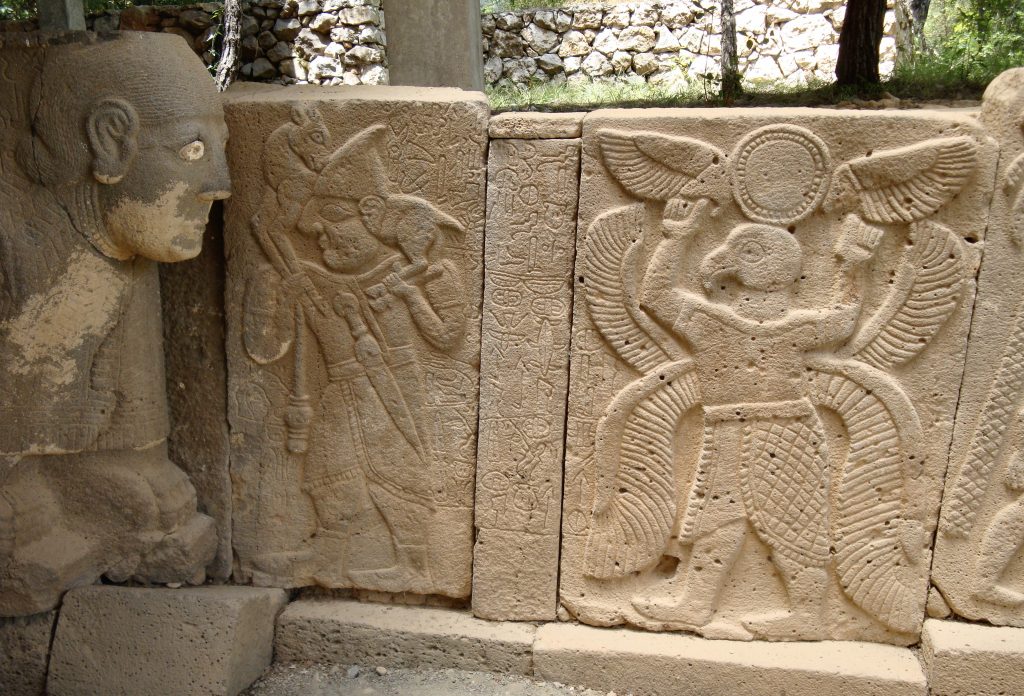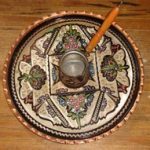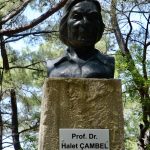High on a wooded hillside north of Osmaniye overlooking the beautiful lake created by the Aslantaş Barajı (Aslantaş Dam) stands one of Turkey’s many under-visited treasures – – the late Hittite citadel created by King Asatiwas some time in the 8th century BC that forms the centrepiece of the Karatepe-Aslantaş Milli Parkı (National Park).
Backstory
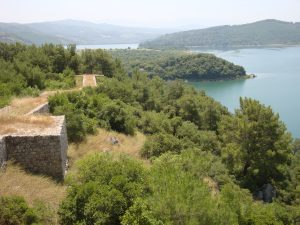 By the 8th century the great Hittite kingdom that had had its capital at Hattuşa, near Sungurlu, had collapsed, leaving behind it a series of principalities mostly based in the area around Malatya, Osmaniye and Gaziantep. Not much is known about King Asatiwas although he left an inscription describing himself as “the servant of the Storm God” and claiming that he had brought peace to the area from a base that he called Azatiwadya.
By the 8th century the great Hittite kingdom that had had its capital at Hattuşa, near Sungurlu, had collapsed, leaving behind it a series of principalities mostly based in the area around Malatya, Osmaniye and Gaziantep. Not much is known about King Asatiwas although he left an inscription describing himself as “the servant of the Storm God” and claiming that he had brought peace to the area from a base that he called Azatiwadya.
When a site is as well preserved and displayed as Karatepe-Aslantaş it’s hard to believe that its very existence was once forgotten. It was only in 1946 that a school teacher from Kadirli showed some finds to archeologists including Halet Çambel (1916-2014) who then began work on excavating the site. A bust commemorating her can be seen near the museum.
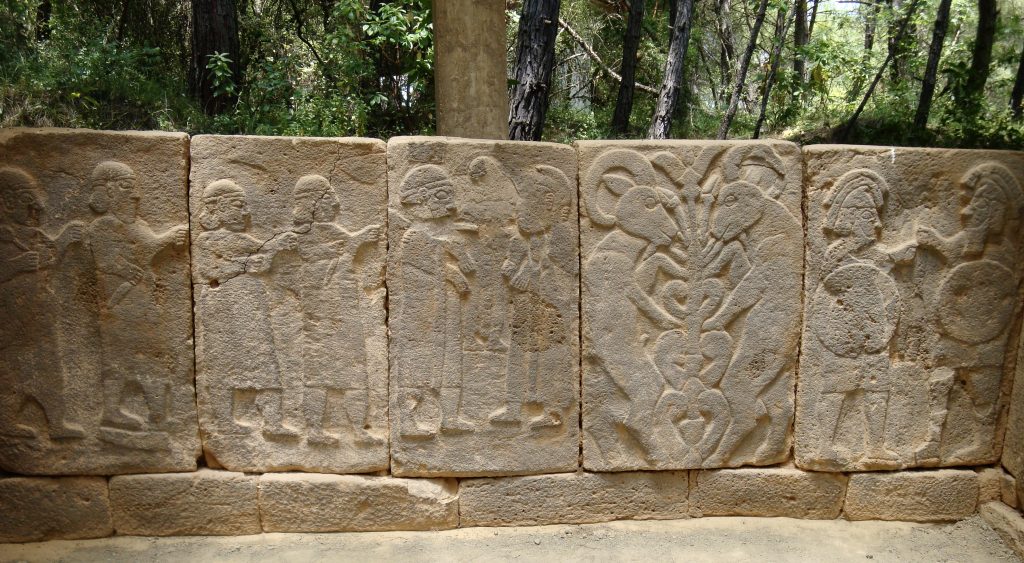
Around the site
Today a path winds up through the woods and emerges in front of the citadel’s southwestern gate where extraordinary relief panels depicting life in ancient Azatiwadya are preserved in situ, still guarded by the stone lions that face out towards the lake, their snarls forever frozen on their faces.
If you look to the left as soon as you cross the threshold you will be able to see carvings of King Asatiwas himself sitting at a table while servants fan him and bring in food and drink. Beneath his feet a cow is readied for sacrifice, while in front of him musicians strum lyres and bang drums in his honour. Those familiar with Ancient Egyptian art will notice immediate similarities in the figures whose faces are shown in profile while their bodies are twisted out to face the audience.
Just past the gateway on the left stands a single statue of the bearded Storm God, sometimes also called Baal or Tarhunzas.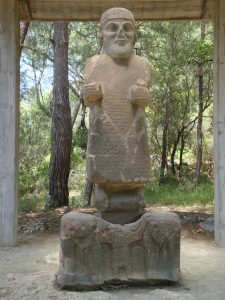
Then the path continues through the pines and dips down to reach the northeastern gate where the carvings are, if anything, even more splendid before looping back to the entrance.
There a small museum contains finds from the site as well as several large statues of lions rescued from nearby Domuztepe (Boar Hill). There, too, you can learn about the local equivalent of the Rosetta Stone: mirror inscriptions in Hittite and Phoenician that finally enabled linguists to decipher the Hittite hieroglyphics.
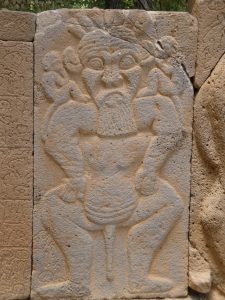 It doesn’t take long to look around Karatepe-Aslantaş. Afterwards you can pause for a picnic at the lakeside site right by the park entrance.
It doesn’t take long to look around Karatepe-Aslantaş. Afterwards you can pause for a picnic at the lakeside site right by the park entrance.
Sleeping
Although Osmaniye makes the most obvious base for visiting the site you might also like to consider the small beach resort of Yumurtalık near Adana, especially if you have your own wheels.
Transport info
Without your own car you will need to hire a taxi in Osmaniye (30km) for the trip to the national park. A visit can be combined with one to Hierapolis-Castabala.
